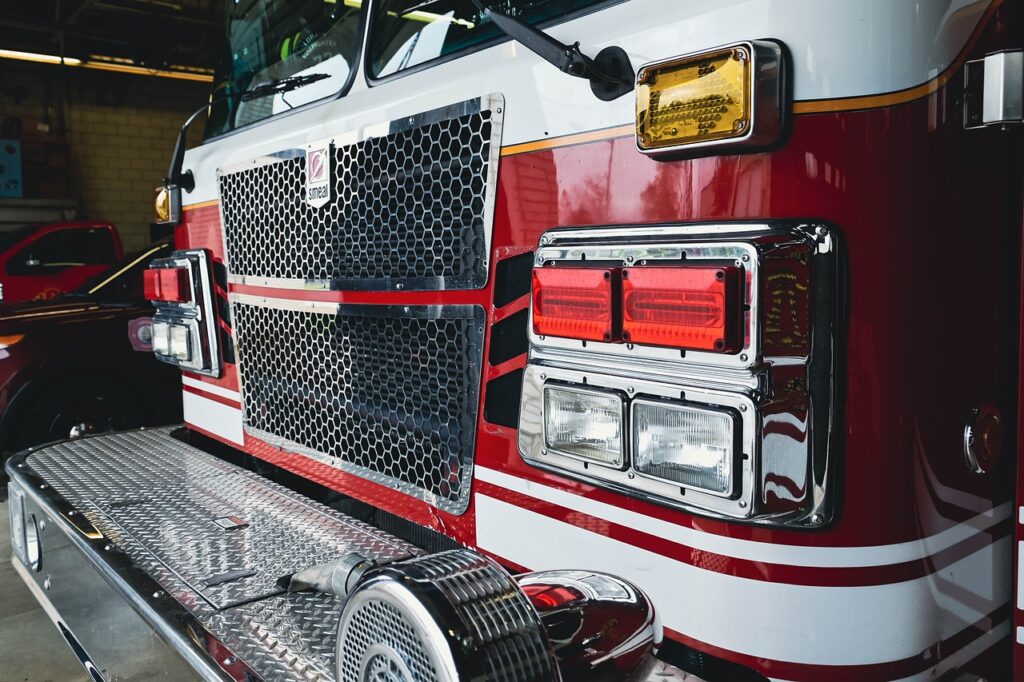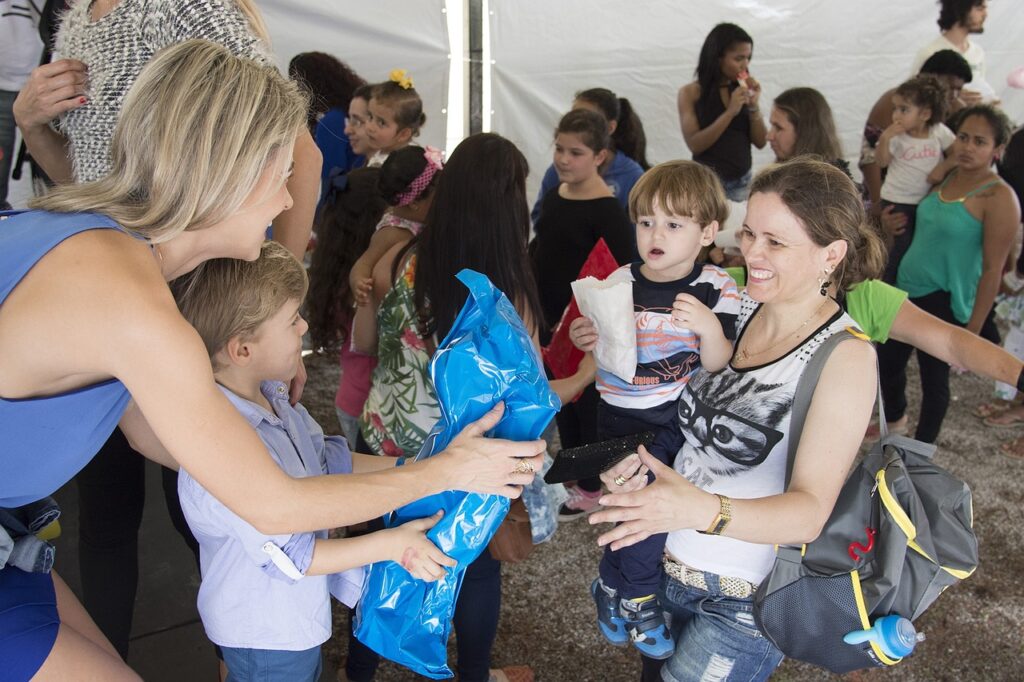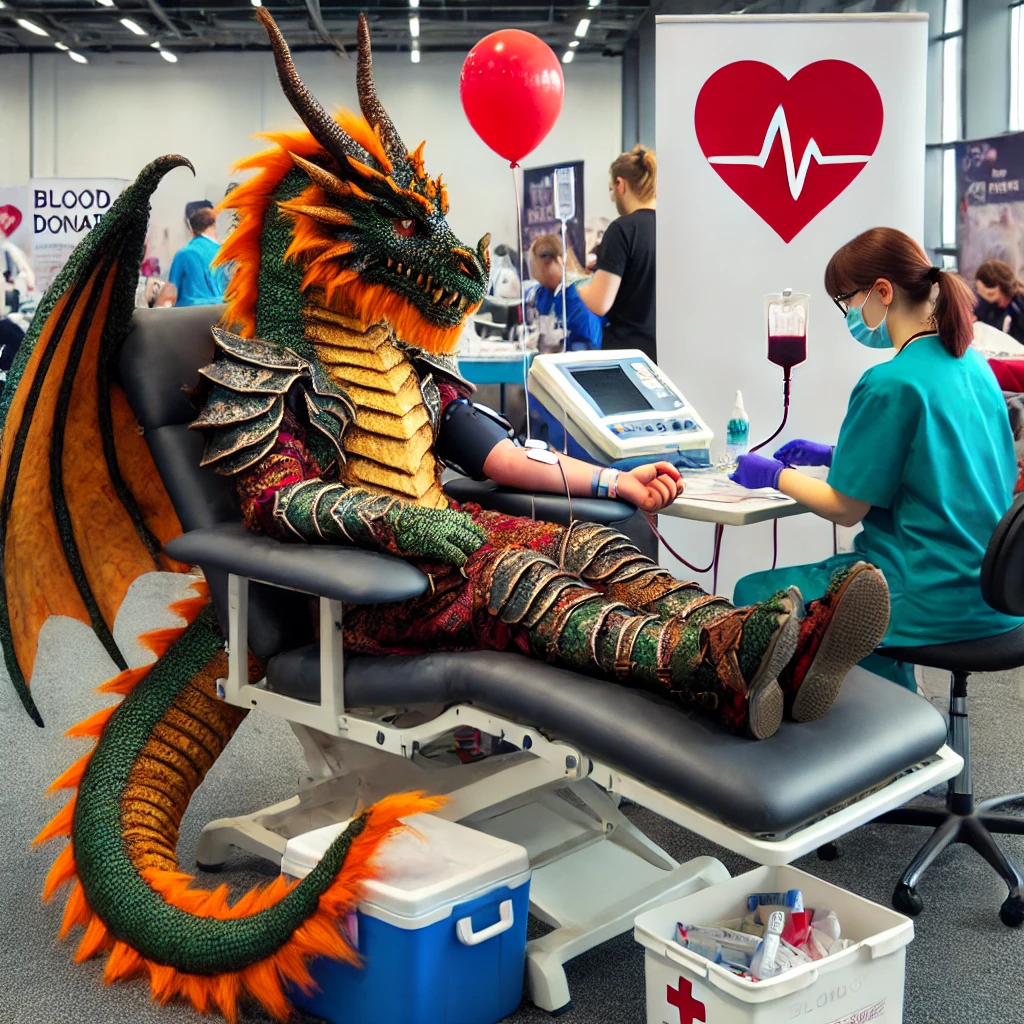The devastating Los Angeles wildfires are mobilizing an unprecedented response from across the nation. Corporations, nonprofits, and government agencies are collaborating to provide both immediate relief and long-term recovery support as the number of affected communities continues to rise.

Corporate Response
Leading the corporate response, Disney has committed $15 million to relief and rebuilding efforts, while Walmart has pledged $2.5 million in aid. The NFL Foundation and four team owners have allocated $5 million for community support, alongside million-dollar contributions from Paramount and FOX Corporation to the American Red Cross. Other corporations are also pledging significant support for relief and rebuilding.
Local support includes the Annenberg and Wasserman Foundations’ joint $1 million contribution to the LA Fire Department Foundation, while the Credit Union of SoCal has established a $1.25 million interest-free loan program for affected residents. SpaceX is enhancing communication capabilities by providing free Starlink terminals to impacted areas.
Immediate Relief Efforts
Several organizations are providing crucial immediate assistance:
- World Central Kitchen is collaborating with food trucks and local restaurants to serve meals to emergency personnel and evacuees.
- The American Red Cross LA is operating 7 shelters that have provided safe refuge to over 1,000 individuals.
- California Fire Foundation has granted over $4 million through their California Rises program.
- The Los Angeles Regional Food Bank is coordinating volunteers and accepting both financial donations and essential items.
- Project Camp is setting up trauma-informed day camps for displaced children.
- Airbnb, through 211 LA, is offering free temporary housing for displaced residents.
Long-Term Recovery Planning
The federal government has authorized disaster relief for California, enabling affected residents to apply for federal assistance through the newly launched CA.gov/LAfires website. The California Community Foundation’s Wildfire Recovery Fund focuses particularly on supporting vulnerable populations, including Native American, Muslim, migrant, and non-English speaking communities.
With damage estimates already approaching $100 billion, reconstruction will face significant challenges, particularly given Los Angeles’s existing housing shortage and limited construction workforce. However, organizations like the League of California Community Foundations are addressing these challenges. They are coordinating with local partners to support home rebuilding, replace lost belongings, and provide essential services including mental health support.
How You Can Help
Crisis reveals the power of collective action. A single donation, an hour of volunteering, a bag of supplies—each gesture ripples outward, touching lives and renewing hope. While major organizations welcome contributions, local groups also play vital roles in community recovery. With the fires still uncontrolled, Los Angeles has a long journey ahead and support remains crucial for its survival, resilience, and hopes of rebuilding.







